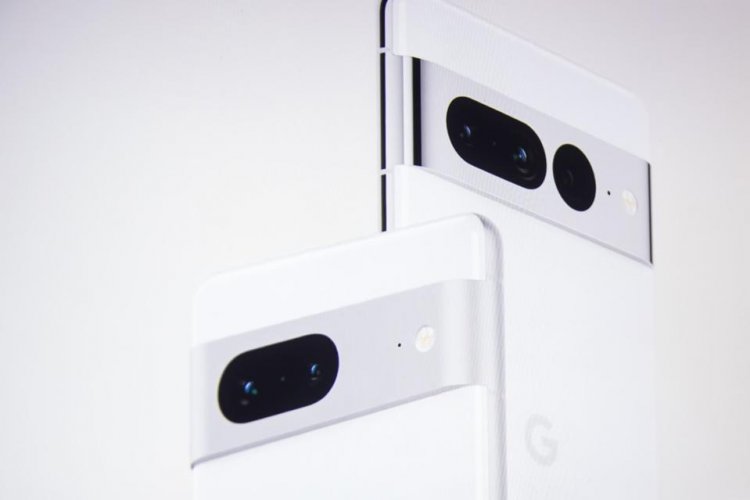Why the World's first 500Hz gaming monitor isn't as worthless as it appears
Yes, gaming at 500 frames per second is conceivable, but even if it isn't, a 500Hz gaming monitor can provide benefits.

BOE, a Chinese company, has officially launched the world's first 500Hz gaming monitor. It was initially published in the Chinese newspaper Sina (via FlatpanelsHD), and despite the fact that we know very little about it (including the exact refresh rate, which is characterized as 500Hz+), it's still a significant step forward for gaming monitors.
The first 360Hz displays appeared a few years ago, but hardcore gamers are never content, so here's the next stage. And it's not quite as extravagant as it may appear at first because 500fps gaming not only exists but is common in many games used in professional competition, which is exactly the type of person who would invest in such technology early on.
In games like Rocket League, CS: GO, League of Legends, and Fortnite, you can get up to 500 frames per second. Faster framerates mean you can literally see what's happening faster than your opponents, which means you can reach a fraction of a second faster. These are the kinds of games played in big tournaments where the real money is on the line, and faster framerates mean you can literally see what's happening faster than your opponents, which means you can react a fraction of a second faster.
Best Gaming Monitors 2022: Best Budget Gaming Monitor Bargains
Even if you can't get your games to run at 500 frames per second, the 500Hz screen can still be beneficial. Because the monitor would refresh at 1/500th of a second, you should still get crisper visuals. It doesn't important that it doesn't show a new frame every time it refreshes; the idea is that when your PC sends a new frame over, it's shown in full, top to bottom, in 2 milliseconds rather than the 16.8 milliseconds it would take on a 60Hz panel, for example.
You'd notice a change, but it wouldn't be as noticeable as if your game's frames per second matched the refresh rate of the screen.
Of course, there are drawbacks to this new screen technology. FHD refers to a resolution of 1920x1080 pixels. I don't think the contrast and color fidelity will be great, so for most people, a combination of a higher-resolution screen with prettier colors and 144Hz or maybe 240Hz at a push would be the preferable option for years to come. Especially since new technology like the 500Hz screen will undoubtedly cost a lot of money.
It would have been easy to dismiss the 500Hz monitor as a show-off for the sake of show-off, but it's a more practical advancement than it appears at first.



























